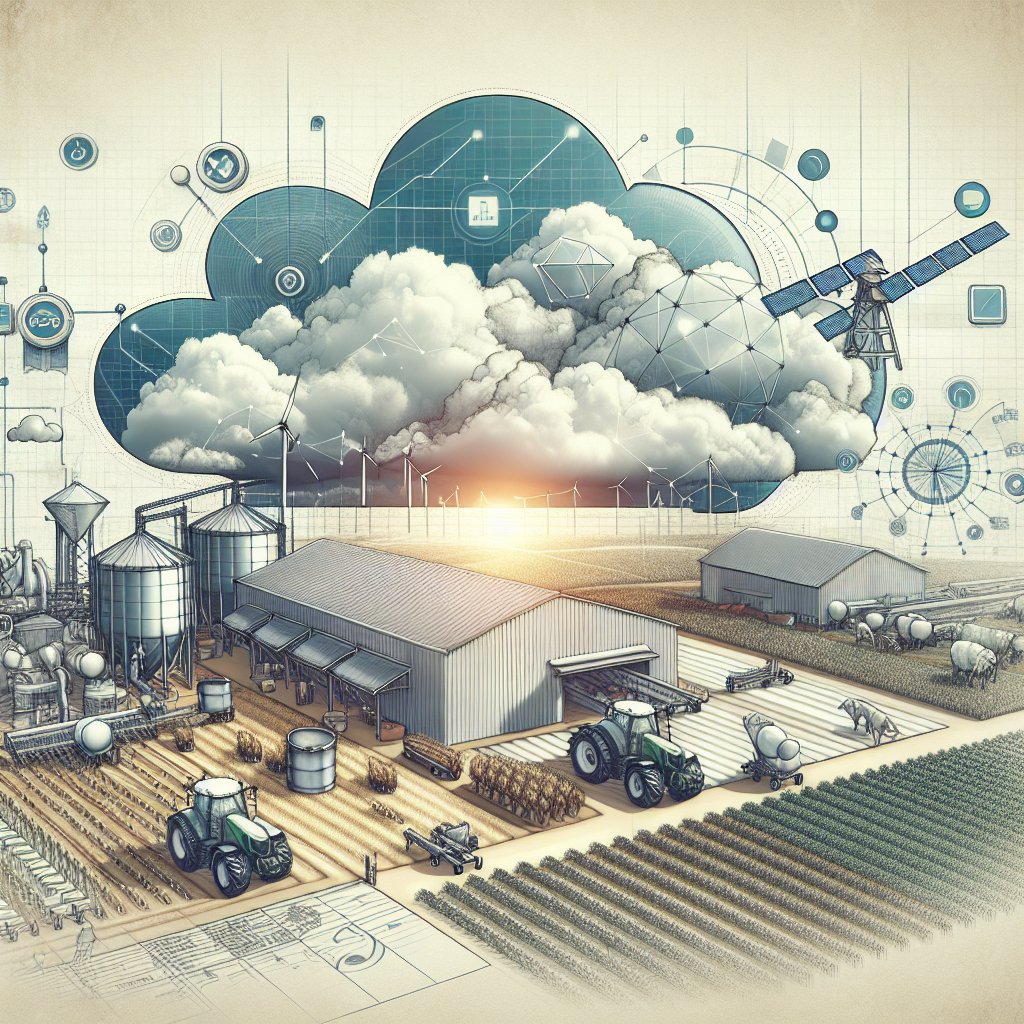Blockchain technology is revolutionizing various industries, and agriculture is no exception. By enhancing traceability and transparency, blockchain is poised to address some of the most pressing challenges in the agricultural sector. This article delves into how blockchain technology is being integrated into agriculture, its benefits, and the potential it holds for the future.
Understanding Blockchain Technology
Blockchain is a decentralized digital ledger that records transactions across multiple computers in such a way that the registered transactions cannot be altered retroactively. This technology ensures that data is transparent, secure, and immutable. Initially developed for cryptocurrencies like Bitcoin, blockchain has found applications in various fields, including agriculture.
How Blockchain Works
At its core, blockchain consists of a chain of blocks, each containing a list of transactions. These blocks are linked and secured using cryptographic hashes. When a new transaction is made, it is added to a block, which is then verified by multiple nodes (computers) in the network. Once verified, the block is added to the chain, making the transaction permanent and tamper-proof.
Key Features of Blockchain
- Decentralization: Unlike traditional databases controlled by a single entity, blockchain is decentralized, meaning no single party has control over the entire chain.
- Transparency: All transactions are visible to all participants in the network, ensuring complete transparency.
- Immutability: Once a transaction is recorded, it cannot be altered or deleted, ensuring data integrity.
- Security: Advanced cryptographic techniques make blockchain highly secure against fraud and hacking.
Applications of Blockchain in Agriculture
The agricultural sector faces numerous challenges, including food safety, supply chain inefficiencies, and lack of transparency. Blockchain technology offers solutions to these problems by providing a secure and transparent way to track and record agricultural transactions.
Enhancing Traceability
One of the most significant benefits of blockchain in agriculture is enhanced traceability. By recording every step of the supply chain on a blockchain, stakeholders can trace the journey of agricultural products from farm to table. This traceability ensures that consumers have access to accurate information about the origin and quality of their food.
For instance, if a batch of produce is found to be contaminated, blockchain can help trace the contamination back to its source quickly and efficiently. This capability not only helps in addressing food safety issues but also builds consumer trust.
Improving Supply Chain Efficiency
Blockchain can streamline the agricultural supply chain by reducing the need for intermediaries and automating various processes. Smart contracts, which are self-executing contracts with the terms directly written into code, can be used to automate transactions and ensure that all parties fulfill their obligations.
For example, a smart contract could automatically release payment to a farmer once a shipment of produce is delivered and verified. This automation reduces the risk of fraud and delays, making the supply chain more efficient and cost-effective.
Ensuring Fair Trade and Sustainability
Blockchain can also promote fair trade and sustainability in agriculture. By providing a transparent record of transactions, blockchain ensures that farmers receive fair compensation for their produce. Additionally, consumers can verify that the products they purchase are sourced sustainably and ethically.
For instance, a coffee company could use blockchain to verify that its beans are sourced from fair trade-certified farms. This transparency not only benefits farmers but also appeals to consumers who are increasingly concerned about the ethical and environmental impact of their purchases.
Challenges and Future Prospects
While blockchain holds immense potential for agriculture, it is not without challenges. The technology is still relatively new, and its implementation requires significant investment in infrastructure and training. Additionally, there are concerns about data privacy and the scalability of blockchain networks.
Overcoming Technical Challenges
One of the primary technical challenges is the scalability of blockchain networks. As the number of transactions increases, the network can become slower and less efficient. Researchers are exploring various solutions, such as sharding and off-chain transactions, to address these scalability issues.
Another challenge is data privacy. While blockchain is transparent, not all data should be publicly accessible. Solutions like permissioned blockchains, where access is restricted to authorized participants, can help address these privacy concerns.
Future Prospects
Despite these challenges, the future of blockchain in agriculture looks promising. As the technology matures and more stakeholders recognize its benefits, we can expect to see wider adoption and more innovative applications. Governments and industry organizations are also beginning to explore regulatory frameworks to support the integration of blockchain in agriculture.
In conclusion, blockchain technology has the potential to transform the agricultural sector by enhancing traceability, improving supply chain efficiency, and promoting fair trade and sustainability. While there are challenges to overcome, the benefits of blockchain make it a promising tool for addressing some of the most pressing issues in agriculture. As the technology continues to evolve, it will be exciting to see how it shapes the future of farming and food production.










